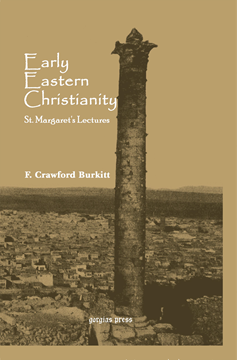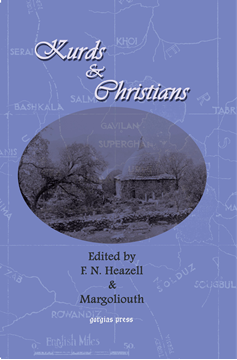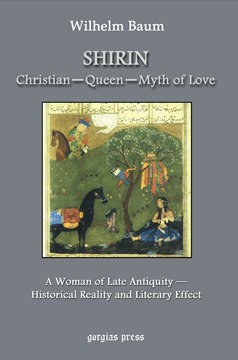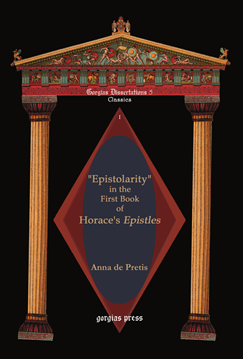The Fragments of Heracleon
By A. E. Brooke
Series: Texts and Studies (First Series) Vol.1, No.4
ISBN: 1-59333-279-3
Only fragments survive of the writings of the Valentinian Gnostic teacher Heracleon (fl. 145-180 AD). The remnants can be found primarily in quotations in Origen's commentary on the Gospel of John. This study gives an edition of the surviving texts with extensive notes, biblical references, and indices. This volume is indispensable for the study of second century Gnosticism.
$115.00 (USD)
Mosul and Its Minorities
By H. C. Luke
ISBN: 1-59333-107-X
Luke, once Assistant Governor of Jerusalem for the British Mandate government, hopes "to make these singularly interesting peoples better known to English readers, and to win for them additional sympathy in the difficult times through which they are passing."
$135.00 (USD)
The Ancient Church Orders
ISBN: 1-59333-099-5
The Church Orders are an interesting series of manuals in The Ancient Church Orders. A. J. Maclean makes them better known to the modern reader, and explains the extent to which they throw light on early Christian worship and customs.
$134.00 (USD)
Al-Ghazzali's Book of the Ihya
ISBN: 1-59333-111-8
A translation of the Book of Worship by the eleventh-century writer Al-Ghazzali, this is a useful book which explains elements of Muslim worship for those who desire to know more. Annotations help clarify allusions and technical terms referred to in this translation.
$148.00 (USD)
Early Eastern Christianity
St. Margaret's Lectures
ISBN: 1-59333-101-0
Contains six lectures: early bishops of Edessa, Bible in Syriac, early Syriac theology, marriage and the sacraments, Bardaisan and his disciples, Acts of Judas Thomas, and Hymn of the Soul. They were delivered in 1904 by Burkitt, then lecturer in paleography, at the University of Cambridge.
$146.00 (USD)
The Holy Eastern Church
A Popular Outline of its History, Doctrines, Liturgies and Vestments
ISBN: 1-59333-108-8
A brief introduction to Eastern Orthodoxy written at the time of renewed English interest in its liturgical past, this guidebook provides the essentials of Eastern Christianity for that time. The book provides an overview of the history, doctrines, liturgies, and vestments of the Orthodox tradition.
$115.00 (USD)
Kurds and Christians
ISBN: 1-59333-106-1
This book is a compilation of letters, narratives of journeys and local traditions, and various documents pertaining to the Archbishop of Canterbury's Mission to the Assyrian Church of the East.
$154.00 (USD)
Christian - Queen - Myth of Love
A Woman of Late Antiquity: Historical Reality and Literary Effect
By Wilhelm Baum
ISBN: 1-59333-282-3
Shirin, the beloved wife of the Persian shah, Chosroes II (b. 628), pulled political strings behind the scenes and supported the Christian minority in Iran.
$64.00 (USD)
"Epistolarity" in the First Book of Horace's Epistles
Series: Gorgias Studies in Classics 5
ISBN: 978-1-59333-117-7
De Pretis’s book focuses on the epistolary features of Horace’s First Book of Epistles, reading them from points of view related to the epistolary form: the weight of the addressee; the dialogue between literary genres; the poet's self-representation; temporality; and the power of the author. These issues also pertain to literature as such, since all literature can be regarded, to a certain degree, as "epistolary." But the extent and consistency with which the Epistles explore epistolary aspects, can only be explained in terms of their generic affiliation.
$123.00 (USD)
Painting in Islam, A Study of the Place of Pictorial Art in Muslim Culture
ISBN: 1-59333-121-5
Indicates the place of painting in the Islamic world, both in relation to those theological circles which condemned the practice of it, and to those persons who, disregarding the prohibitions of religion, consulted their own taste in encouraging it.
$98.00 (USD)









